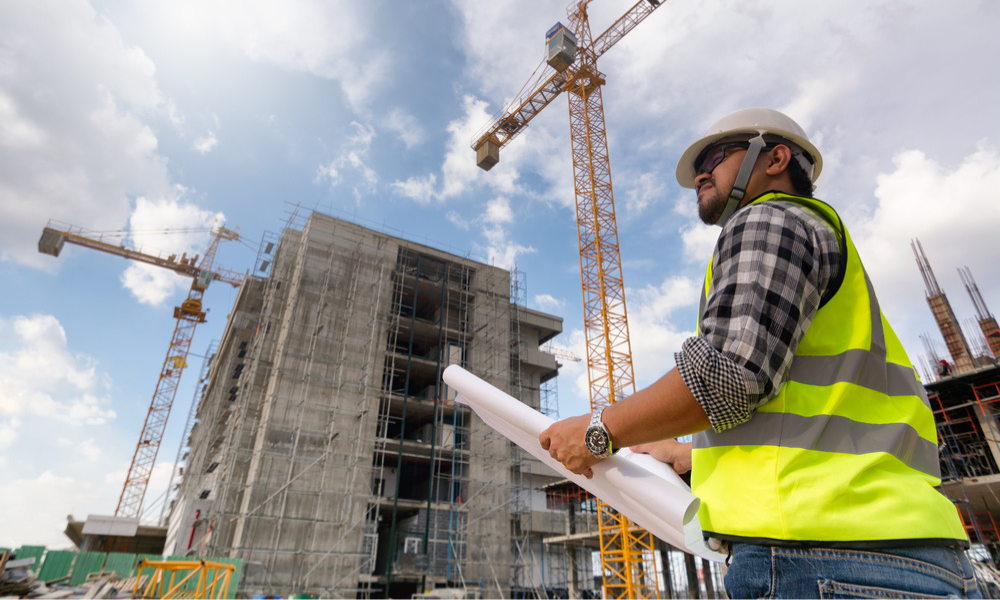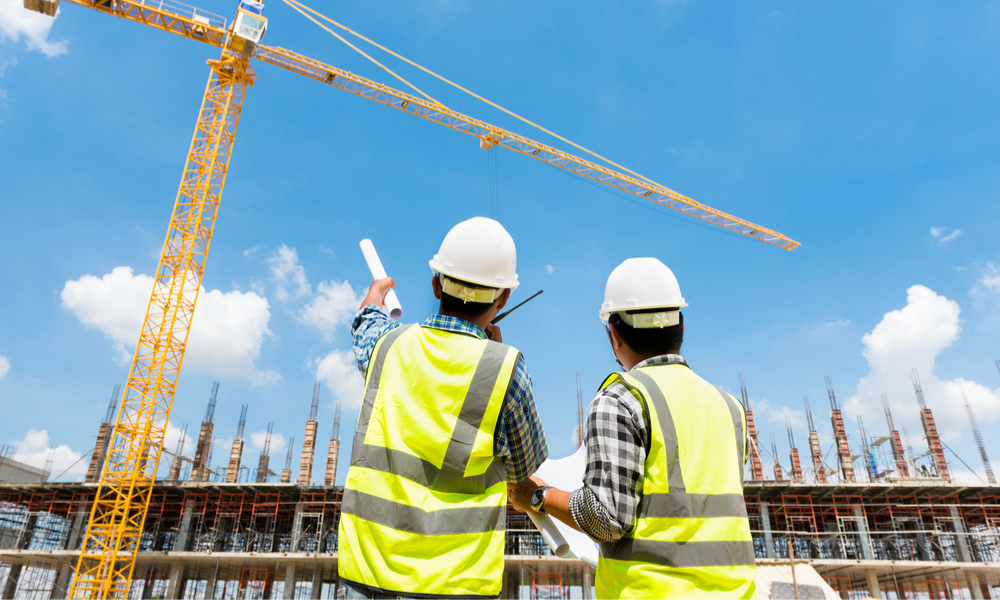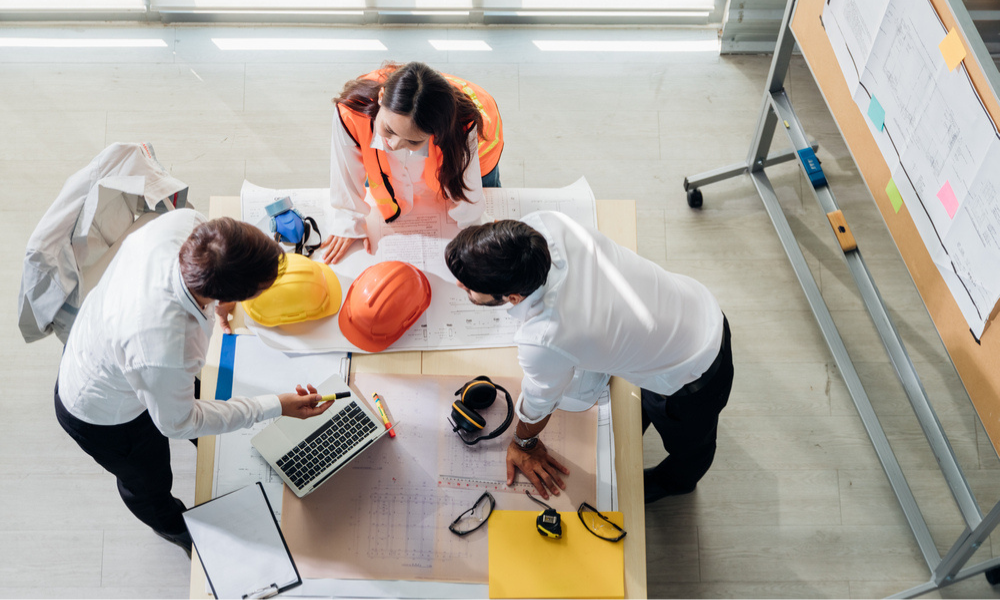Estimated reading time: 5 minutes
Demolition is a fascinating process. Watching a building come down—whether it’s an old warehouse, a towering smokestack, or a small home—can feel like witnessing controlled chaos at its finest. But as exciting as it is, there’s one thing I never compromise on: safety.
If you’re planning to watch a demolition project, whether as a curious spectator or as part of your industry interest, it’s important to take proper precautions. Flying debris, dust clouds, noise, and unexpected hazards make these projects dangerous for unprotected bystanders.
I’ve put together this list of essential safety tips so you can enjoy the spectacle without putting yourself at risk.
Quick Overview: What You’ll Learn
The dangers of watching a demolition up close
Essential safety precautions to protect yourself
How to position yourself for the best (and safest) view
Protective gear to consider
The role of professionals in keeping everyone safe
Now, let’s get into the details.
Keep a Safe Distance—Really!
I get it. You want to be as close as possible to feel the boom in your chest and see the structure collapse in real-time. But standing too close is a terrible idea.
Demolition sites are surrounded by controlled zones for a reason. Falling debris, structural unpredictability, and airborne hazards mean that getting too close puts you in serious danger.
How far back should you be?
Implosion (explosive demolition) – At least 500-1,000 feet away
Mechanical demolition (excavators, wrecking balls, etc.) – 200+ feet away
Tip: If there are designated spectator zones, use them. If there aren’t, find a spot where you can see clearly but stay outside any restricted areas.
Watch Out for Flying Debris

Buildings don’t always fall neatly. Depending on the demolition method, glass, metal, bricks, and concrete chunks can shoot out unpredictably. Even with proper calculations, things can go sideways—literally.
To avoid debris injuries:
Stand upwind to reduce exposure to dust and small flying particles
Avoid leaning on barriers or fences—impact from debris can shake them
If possible, watch from inside a car or behind a protective structure
Don’t Underestimate the Dust Cloud
One thing most people don’t realize? That massive dust cloud can travel further than expected.
Why is dust dangerous?
It can contain harmful materials like asbestos, silica, and lead (especially in older buildings)
Inhaling it can cause lung irritation and respiratory issues
Visibility drops fast—bad news if you’re standing in the wrong place
Protect yourself by:
Wearing a face mask or covering your nose and mouth with a cloth
Watching upwind to avoid direct exposure
Leaving the area quickly if the dust starts heading your way
Wear the Right Gear—Even as a Spectator

I always stress the importance of PPE (Personal Protective Equipment) on demolition sites, and even as a spectator, you should consider basic protection.
Recommended gear for bystanders:
Safety glasses or goggles—Protects against flying dust and debris
Earplugs—Demolition is LOUD, and prolonged exposure can damage hearing
A hat or hood—Keeps dust out of your hair and protects against minor debris
Sturdy shoes—Avoid sandals or flip-flops; rubble can end up outside restricted zones
If you’re near a large demolition, wearing a high-visibility vest might also help keep you noticeable in a crowd.
Listen to the Safety Crews—They’re Not Just There for Show
Demolition crews aren’t trying to ruin your fun when they tell people to move back. They’re literally trying to prevent accidents.
Pay attention to:
Verbal warnings and announcements from workers
Safety sirens before a structure collapses
Barriers and tape—These are there for a reason
If you see officials moving people away, follow their lead. They have a better understanding of risk zones than you do.
Be Smart About Where You Stand
Best places to watch a demolition (safely):
Designated viewing areas (if available)
Inside a car (windows up if dust is expected)
Higher ground, but far enough away to avoid falling debris
Worst places to stand:
Downwind of the site—dust will hit you first
Behind large glass windows—shockwaves from implosions can shatter glass
On adjacent rooftops—vibrations can weaken surrounding structures
Know That Noise and Vibrations Can Be Stronger Than Expected
Demolitions aren’t just visually intense—they’re LOUD. Even if you’re standing at a safe distance, the sound and shockwaves can be overwhelming.
How loud is a demolition?
Small building: 110-130 decibels (similar to a jet engine)
Large commercial implosion: 140+ decibels (painful to unprotected ears)
Protect your ears with:
Earplugs or noise-canceling earmuffs
Keeping your mouth slightly open to reduce pressure from shockwaves
If you feel vibrations through the ground, don’t panic—it’s normal. But avoid standing on weak structures or bridges that could be affected by the shock.
If You Bring Kids or Pets, Be Extra Cautious
Honestly? Demolition sites aren’t the best place for small kids or pets.
For pets:
Dogs have sensitive hearing—the noise can be painful for them
Dust and debris can cause eye and breathing issues
Best option? Keep them at home
For kids:
Young children don’t always understand safety boundaries
Loud noises can be overwhelming
If you must bring them, ensure they wear ear protection and stay close
Consider Watching from a Safer Alternative
Want to enjoy the demolition without the risks? Many companies now live-stream demolitions or provide high-quality footage afterward. If it’s a high-profile project, you may even find official viewing areas set up by the city.
If you’re interested in learning more about how demolition companies operate, check out this guide on choosing the right demolition company before you attend a live project.
Final Thoughts
Watching a demolition is exciting, but safety comes first. Keep your distance, wear protective gear, follow the rules, and position yourself smartly. It’s the best way to enjoy the experience without unnecessary risks.If you’re considering a demolition project yourself, here’s a beginner’s guide to residential demolition that covers the entire process from start to finish.



